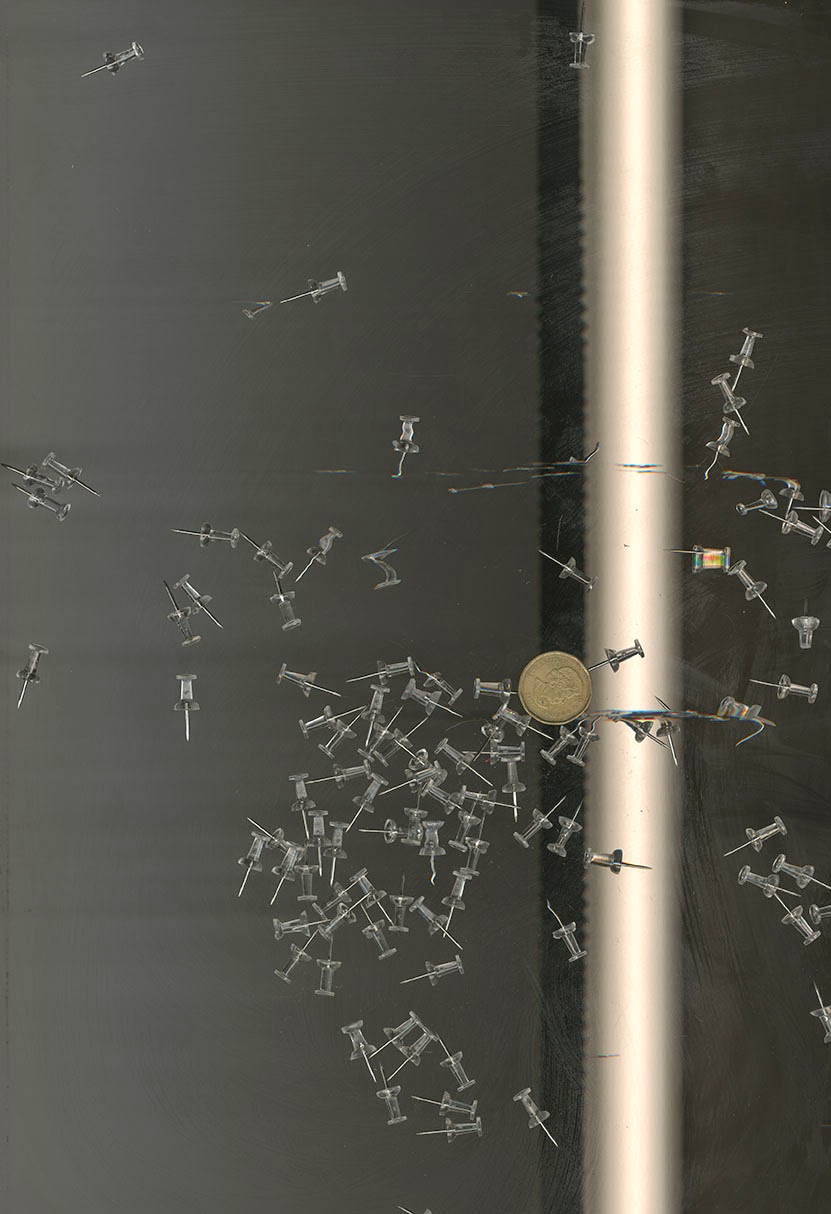After reading through some of the articles, I had a quick interest in Vito Acconci. He is an American designer, landscape architect, and performance and installation artist.
From the very first paragraph of his reading excerpt, I was pulled in from his discussion on time. The article starts out by describing how the time and accessibility was different in the past. This very first point alone brings up controversy in my head. Because of technology, it seems that the accessibility and even the understanding of time has only been improved over the past years. Time seems to be able to be found anywhere, whether it is on a watch, the TV, a laptop, phone, iPad, etc.
The mood of the piece however, changes quite abruptly. Once time is briefly mentioned, the author describes the "disappearance" of time. To me this describes the phases time can exist. For example, the present is now. But that last sentence I just typed is in the past. The very second I am done pressing my fingers onto the letter of the keyboard, that word in that moment has it's significant instant and then it is over. The present is always the present, and the past is always the past, however the present becomes the past in just the blink of an eye. The future is a whole other realm. The future is tomorrow, but once today is tomorrow, it is the present, and once yesterday was that day it is no longer accessible; it is in the past. I will return to my prior conclusion, how time can be represented by so many new gadgets; like a watch for example. The author returns to this idea, that a watch wearer is literally holding this time in their hands, leaving no need for "public time".
This sense of public time then transforms into the idea of Public Space. Public Space can be divided into two different ideas, public space where the public gathers because the public is meant to gather there. The second space is forced public space. Public Space has this sense of openness, light and a community coming together. In my own thoughts, public spaces are parks and times for laughter and play. For some, these public spaces mean life or death. Visiting large cities, there are many homeless people sitting on the street, looking for warm and possibly even community. To them a public place could be warmth, shelter and food. For others, it could be aid from an addiction, or even a form of rehab. Visiting homeless shelters are key examples, of a life-saving place for some people in need of help. With this in mind, the idea of public spaces has a very positive underlying meaning.

Vito Acconci decided to name his latest show, "Public Places". Acconci is working currently on parks, pedestrian mall, and a housing project. These projects range all around the world, from Detroit to Baltimore and Germany. This gets me thinking about the involvement these projects will have on the cities around them. Possibly making them not in the cities "but the city itself". This leads me back to my original thought on the openness and positivity of public spaces and parks, which Acconci is aiming to create.
There is a quick, abrupt turn to the involvement that humans have an interact with one another. The author states that there is " no time to stop and have relationships. The relationship with your iPod or radio being the relationships you are involved in. There are two evils described, the evil of the infection of disease or information. The infection of information can be many things. To me, the first things I think of is social media and music. Music can be a public feature, when listening to a public radio. With this in mind it is fair to say that music is public art. The author describes music as having time and not place. When music is playing, the amount of people listening do not affect the type of music or even the volume. One cannot "take 'up" music that another person was using. In this way, this form of public art solely exists in time. The music takes its time and travels through your ears, wafting to your brain and laying in your heart. There is so much music, it envelops you and fills you till you have too many songs, melodies, and rhythms in your head at once. This mix of music is described by the author as a "mix of cultures". Music from the 90's can almost transport you to to this time, providing you with a time portal. Music is the art that can open up a world in one playlist. This idea of all the public spaces, are the basis for Acconci's work.
















































